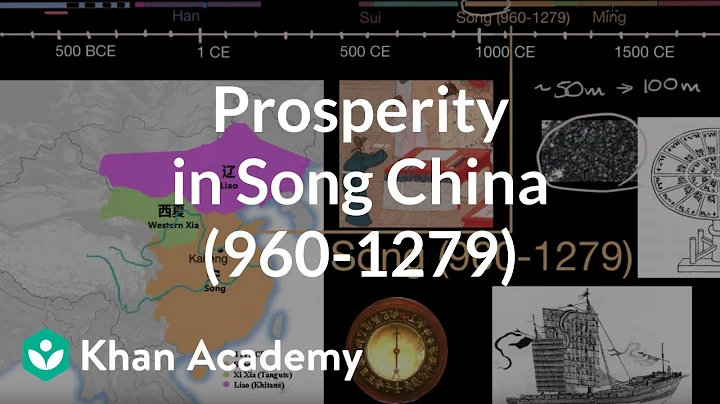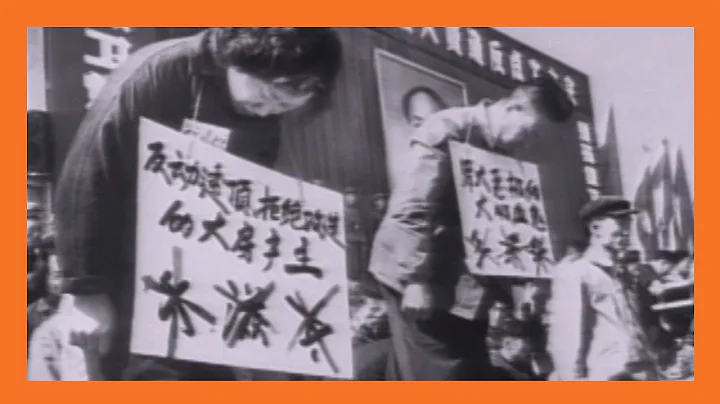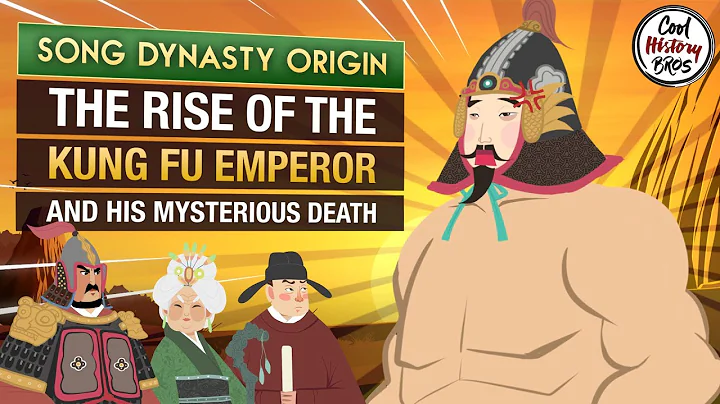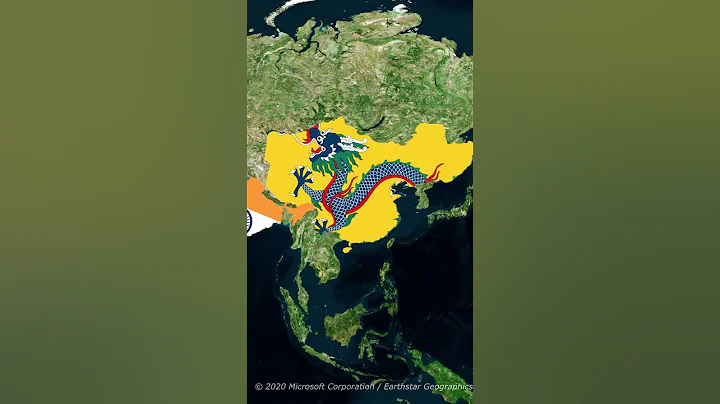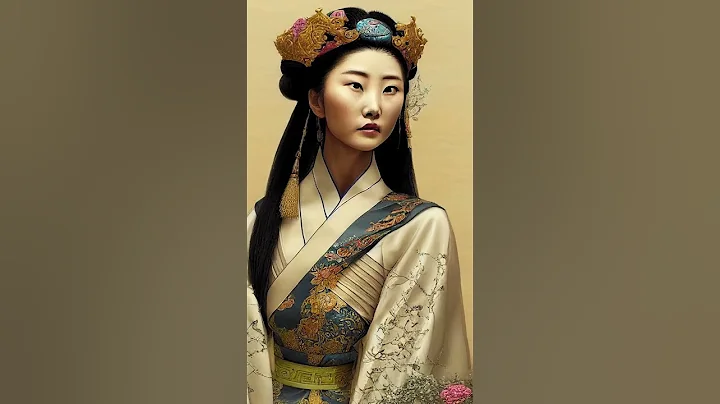Introduction: The Five Dynasties and Ten Kingdoms (907-960) generally refers to the historical period between the late Tang and early Song Dynasties. The Five Dynasties refers to the five successive regime changes of Later Liang , Later Tang , Later Jin , Later Han , Later Zhou .
During the Five Dynasties period, except for the Later Tang Dynasty, which was settled in Luoyang, the Later Liang, Later Jin, Later Han and Later Zhou Dynasties all set their capitals in Kaifeng, which was called the Eastern Capital or Tokyo. This shows that Kaifeng at this time officially replaced Chang'an and Luoyang and became National political and military center. Although several small countries during the Five Dynasties period did not last long, Kaifeng, as the capital, ushered in the fastest development period in history and became the political, economic, cultural and military center of the north, a prosperous scene.
The reason is that during the Five Dynasties, the north was in successive wars, the economy was severely damaged, the economic center moved southward, and the status of canal transportation rose. Kaifeng is located at the hub of water transportation, which promoted the development of Kaifeng's economy and culture and created the necessary conditions for Kaifeng to become a unified capital of the country. The curtain has finally begun on Kaifeng becoming a world-famous city.

Location: is located within the old town of Kaifeng City.


area : was 4 times larger than Tang Dynasty Bianzhou City . In the Tang Dynasty, the perimeter of Bianzhou City was 20 miles and 155 paces. In the later Zhou Dynasty, the circumference of the outer city of Tokyo was "48 miles and 233 paces". In the reign of Song Shenzong Xining, it expanded to "Zhou Hui". Five ten miles and one hundred and sixty-five steps."
layout :
html In 1954, Zhou Shizong Chai Rong came to the throne. He conquered the Southern Tang Dynasty three times and obtained the land of the "Fourteen Prefectures in Huainan". He restored water transportation along the Yangtze and Huaihe Rivers, and developed water conservancy, which enabled Kaifeng's economy to recover after the war. In the second year of Emperor Xiande's reign (955), another 100,000 civilians were sent to build Kaifeng's outer city outside the original Bianzhou City. It was completed in one year, forming the pattern of Kaifeng City Wall. Subsequent generations of will be repaired and renovated on this basis. At the same time, Chai Rong also ordered the road to be widened to change the city appearance of Kaifeng.
During the Five Dynasties period, Kaifeng became its capital. The population increased rapidly, the city was crowded, and conflicts became more prominent. In order to adapt to the requirements of urban development, the city underwent large-scale reconstruction and expansion. The important results are:
. Expansion For urban land, Luocheng is built outside the old city. The new extension is four times the original urban land;
 . Improve the congestion in the old city, widen the roads and improve traffic conditions;
. Improve the congestion in the old city, widen the roads and improve traffic conditions;
3. Dredge canals to facilitate urban supply and transportation. ;
4. Formulate many specific measures to prevent fires and improve public health, demarcate tree planting zones along the streets, and increase urban green spaces.
The main focus of this reconstruction plan is not on the construction of palaces, nor is it bound by the old urban planning system. Instead, it is to adapt to the requirements of the development of urban production and lifestyle, which is very different from previous urban planning. This also laid the foundation for the urban construction of Tokyo in the Northern Song Dynasty.


City Wall: Outer City During the Five Dynasties period, with the development of Kaifeng city, "the barracks of the guards were often narrow, and the offices of hundreds of companies had nowhere to build". It is imperative to expand the capital. For this reason, Zhou Shizong newly built Luo City, "circling back forty-eight miles and two hundred and thirty-three steps", thus laying the foundation for the outer city of Tokyo. The outer city is "high to the sky, strong and majestic", but the war in the 14th year of Jingkang's reign caused great damage to the outer city, and the gates, towers and oars were all burned. By the Ming Dynasty, "only the base remains of the outer city were left to guard against river disasters." Two major floods in the Yellow River occurred in the 15th year of Chongzhen in the late Ming Dynasty (1642) and the 21st year of Daoguang reign in the Qing Dynasty (1841), causing the outer city to sink several meters deep underground.

Value: The Eastern Capital or Tokyo City of the Five Dynasties laid the foundation of the Northern Song Dynasty Bianjing City. The construction of the outer city wall set the framework of the Northern Song Dynasty Bianjing City. Later Zhou Shizong's urban planning of roads, rivers, etc. also laid the foundation for the Northern Song Dynasty. The foundation was laid for Tokyo's urban construction and the capital's transition from west to east was basically completed.


![[Hanfu]Chinese Traditional Clothes|Song dynasty vs Ming dynasty - DayDayNews](https://i.ytimg.com/vi/BpZpdQ_Illw/hq720_2.jpg?sqp=-oaymwE2CNAFEJQDSFXyq4qpAygIARUAAIhCGABwAcABBvABAfgBzgWAAoAKigIMCAAQARh_IDMoMzAP&rs=AOn4CLBu-mZVZPQ3QqiffCMfyeEHUqjL1w)
